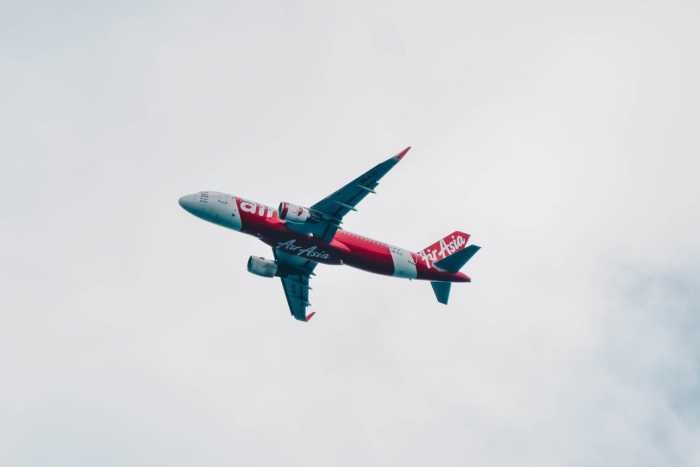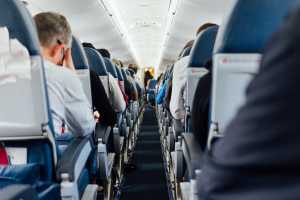
U-Tapao to Lead Thailand’s Economic Growth, Says Director of U-Tapao Airport Authority
8th Jun 2017

Between 2013 and 2016, Thailand averaged an economic growth of just 2.4%. This year, things are not much better. Meanwhile, its neighbors are averaging 7-8% growth rates, indicating that Thailand needs something to propel its economy quickly.
That “something” could very well be U-Tapao Rayong Pattaya International Airport.
The former US military airport was used to launch B-52 to bombard Cambodia, Laos and Vietnam back in the sixties, now has a two-fold mission. On one hand, it continues to operate as the main airport for Royal Thai Navy’s marine aircraft and relief operations. On the other hand, it’s now the country’s third biggest commercial airport, with only Suvarnabhumi and Don Muang in Bangkok preceding it.
Speaking about the Thai economy and the future of U-Tapao, director of U-Tapao Airport Authority, Rear Admiral Worapol Tongpricha said:
We know the country requires a new growth engine, and U-Tapao is part of that. Without U-Tapao the future growth of the national economy would be difficult.
Between 2015, when the airport started its “One Airport – Two Missions” strategy, passenger traffic at U-Tapao increased from 170,000 that year to 710,000 in 2016. Five airlines, including Thai AirAsia, are now operating out of U-Tapao and more are expected to follow, pending approval from UAA.
U-Tapao also played a major relief role during the “Yellow Shirt” protests in 2008, when both Suvarnabhumi and Don Muang were shut down for eight days. Then, in 2011, U-Tapao was once again the hero of the day when Don Muang was flooded and shut down for months.
Today, with Don Muang and especially Suvarnabhumi bucking under pressure from having to handle passengers over their designed capacity, U-Tapao, located just 115km away, continue to ease the pressure.
With that in mind, the Thai government has two missions for U-Tapao. The short-term mission is to facilitate tourism growth and the influx of tourist arriving to Thailand.
Mr. Worapol said:
Tourism is the main revenue-earner for Thailand for the time being, so they [the government] urgently require an airport to facilitate tourism growth, and there is nowhere else other than U-Tapao.
The long-term mission for U-Tapao is to serve as a hub for aviation-related and logistic activities under the government’s Eastern Economic Corridor (EEC) program.







